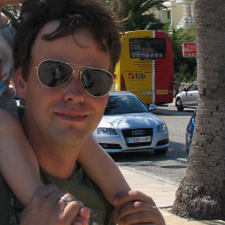Torn Lid angle sensor
Hello all,
I've torn the lid angle sensor while trying to clean the inside of my computer. I've attempted to work around this by putting the computer to sleep before closing the lid however the screen turns back on as soon as it is closed. Also strange that the screen will stay on indefinitely until the battery is dead, even though i've changed my power savings settings are to turn the display off after one minute of inactivity. Its odd because if the sensor is broken and the computer thinks that it's still open, it should turn off after inactivity. The only solution i've found is to shut the computer off before closing it which is not ideal. Finally, i've found replacement cables online however i've been reading that this will need to be calibrated by a professional? Can anyone confirm if this is true?
Thank You
Update (01/09/2023)
Thank you all for the wealth of information. Just to provide an update to you all, i made sure to purchase a used angle sensor that was taken from a working computer and replaced it on my own. So far everything works as it should!
좋은 질문 입니까?


 1
1  1
1 
 32
32 

댓글 2개
That’s great news! Don’t forget to score the answers an accept one.
Dan 의
There is another way to calibrate the sensor yourself. Check the video https://www.youtube.com/watch?v=u18D_NPG...
Marjan Abuduli 의